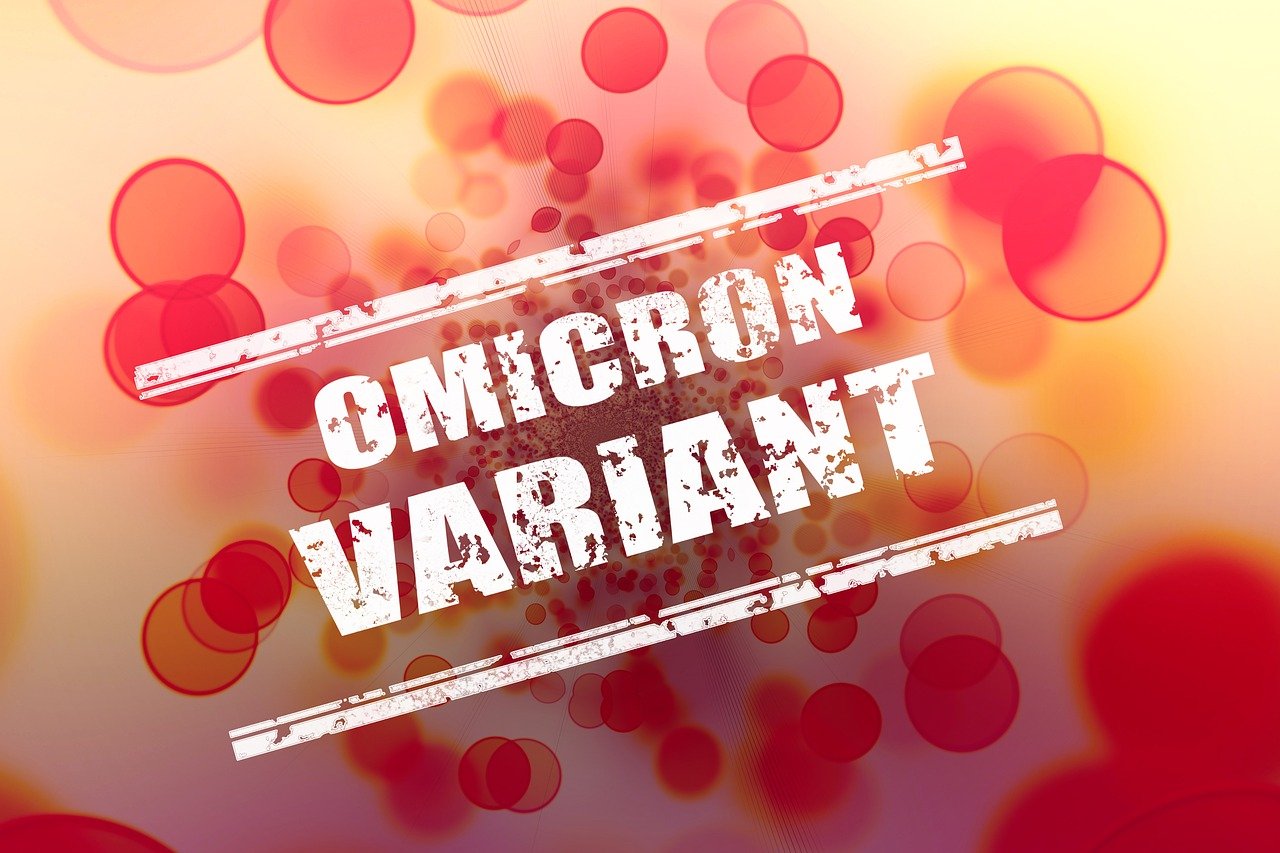For the past year, the world has seen a significant impact due to the COVID-19 pandemic. There have been half a million deaths globally, millions of dollars in revenue lost in businesses and millions of jobs lost during the pandemic, but the pandemic is not over and there will most likely never be an end to the COVID pandemic. Different variants of COVID, such as Delta and the newly announced Omicron variant, have been making it hard for society to get back to normal but, how did these variants become variants?
Mike Temkin, Co-chair and Associate Professor of the Biology Department at St. Lawrence University, explains the science behind viruses mutating and becoming more transmissible. Temkin begins by explaining that COVID is a different type of virus which makes it easier to mutate, “COVID is an RNA virus and it is much easier to get a mutation in an RNA virus,” said Temkin. Furthermore, he goes into detail talking about the process of getting COVID. “At the surface of the cell, we have a receptor that recognizes the spike protein on the outside of the covid viral particle and contained inside the particle is the RNA molecule,” said Temkin. That viral coding is recognized by certain cells that have the same receptor in our lungs, “which is why COVID attacks the lungs, and can be found in vascular tissue, nasal tissue and the brain,” Temkin added.
Moreover, Temkin continues to go in depth about the process after the viral particle is bound to the receptor. “The viral particle, after it gets bound to the receptor, is taken into the cell and is uncoded, meaning that the RNA molecule is released into the cytoplasm of the cell genes that are present in the viral RNA code for a number of proteins. However, one of those proteins is called RNA polymerase, and the RNA polymerase build new RNAs based on viral RNA,” said Temkin. RNA polymerase will make copies of that viral RNA in the cell and make new viral particles and if the enzyme makes a mistake, it can change the sequence of the virus “and that’s how mutations occur,” Temkin added.
Joe Erlichman, a Professor in the Biology Department at St. Lawrence University, discusses the Omicron variant and its similarities and differences between the Delta variant and the original COVID. Furthermore, Erlichman begins by stating differences between the three different variants of COVID. “The differences between the variants are the transmissibility,” said Erlichman. Omicron is more transmissible since it’s the latest variant. Also, same as the Delta variant and original COVID, Omicron can affect the vascular tissues and heart tissues, causing blood clots and neurological issues as well. Erlichman continues by talking about how the new Omicron variant can be spread easily because of how transmissible it is. “Someone who sneezes can sneeze millions and millions of viral particles out into a room that can reach as far as 12 feet,” said Erlichman. Viral particles are more like smoke particles than the size of bacteria or dust particles and “out of those millions of particles, some of them are going to be mutants. That’s just nature,” he says. “Dogs and cats can harbor COVID as well” Erlichman added.
Erlichman touches upon the possibility of new variants in the future and whether or not they’ll be more transmissible than the last. “There are always going to be new variants, it’s just the question of whether the variant changes a spike protein or whether some other element of the virus makes it more transmissible, increasing the severity of the symptoms and making it more virulent, which would allow for it to get into other tissues that it couldn’t get into before,” said Erlichman.



